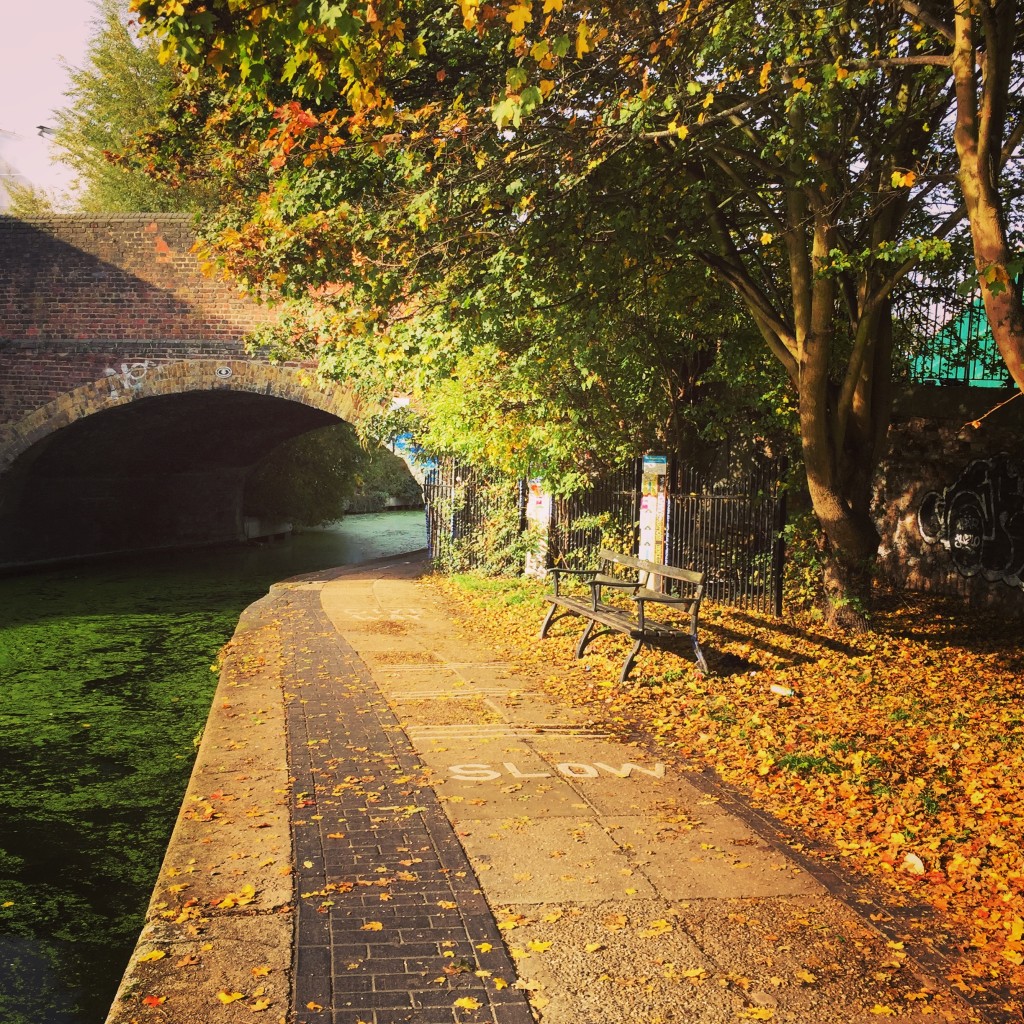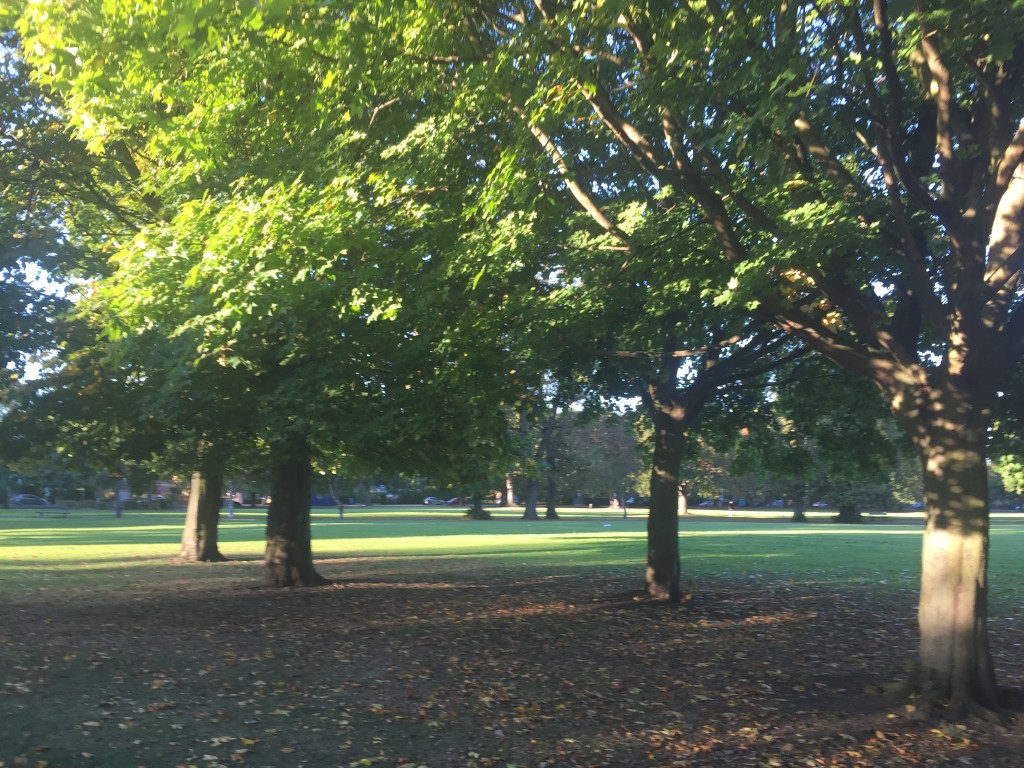How to pack for a weekend walk
Who said that holidays have to be sitting around doing nothing? In a typical office job (even freelancing), we spend so much time chained to a chair and a desk, slobbing around at the weekend feels like a waste. If you’re wondering how to get started on a weekend walking holiday, the National Trust has a huge range of walking trails available, and if you live in Yorkshire or close to the Pennines, you’ve got plenty of green space right on your doorstep.
Backpack
Your first step to packing a weekend bag is obtaining a weekend bag; and backpacks were made for hikers. The equal weight distribution minimises shoulder pain and allows you to go for longer without getting as tired. If you aren’t camping than a waterproof skater rucksack (like the one you had at school) will do just fine; otherwise you might want to invest in a bigger pack with extra pockets and waist straps to hold your extra equipment. At the very least your bag should contain a map, a torch, a fully-charged mobile phone, water bottle, snacks, and a first-aid kit.
Footwear
The next most important component of your kit will be comfortable footwear! Again, depending on how much hiking you will be doing these don’t necessarily have to be hiking shoes – a dependable pair of running trainers or waterproof boots will do the job just fine provided the terrain isn’t too challenging. If you are expecting lots of hills, invest in proper hiking shoes, preferably fitted in an outdoors store by someone who can help you choose the right pair.
Base/Mid Layers
Your ‘indoor clothing’ will become your ‘base layers’ when you begin hiking, so choose something nice and snuggly. In general, jersey tops are soft on your skin and can be layered up to be nice and warm; but terrible for moisture wicking. A gym top and running leggings are great because they can have fleeces and joggers or loose jeans layered over them to stay warm, while preventing you getting too sweaty before you enjoy your end-of-hike pint.
Outer Layers
The outer, or ‘shell’ layer (like a tortoise or snail’s) will protect you from the elements, and is vitally important. At the very minimum your shell should have pockets, a hood, and waterproof fabric like a pocket raincoat; and at best should be thick enough to protect you from icy winter winds, while still having a little space in the fit for you to fit layers underneath it.




